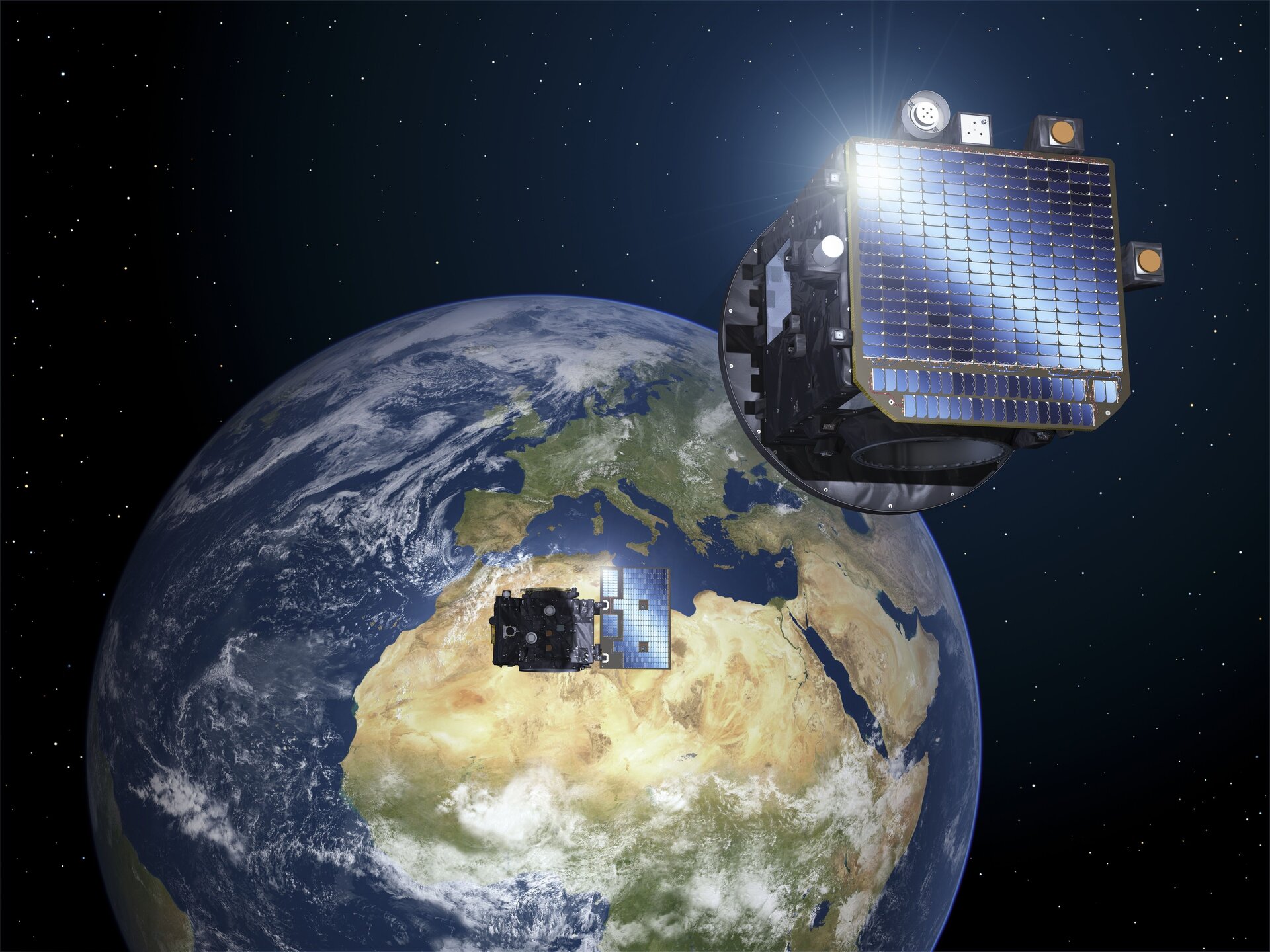"Dream, Dream, Dream! Conduct these dreams into thoughts, and then transform them into action."
- Dr. A. P. J. Abdul Kalam
"Dream, Dream, Dream! Conduct these dreams into thoughts, and then transform them into action."
- Dr. A. P. J. Abdul Kalam
25 Jun 2024
While the world eagerly waited for the total solar eclipse in April, scientists were already planning observations for the next — except this would be an "artificial" one. Here's what that means. Proba-3, a mission led by the European Space Agency (ESA), has been in the making for at least 14 years. It's due to finally launch this September and is designed to better detect tiny, faint features in the sun's extremely dim outer atmosphere called the corona. To accomplish that goal, the mission will launch two small satellites together which will separate once in space and fly in tandem in an orbit around Earth. Much like the moon passes in front of the sun during a solar eclipse, the two satellites — an occulter and a specialized instrument called a coronagraph — will mimic a natural solar eclipse by lining up 144 meters (472 feet) apart, such that the former blocks out the sun's glaring disk for the latter.
~ Coronagraphs normally include an occulter, so they become capable of blocking out the sun's bright disk themselves. But they also experience data-damaging diffraction, a consequence of light spilling around their edges and sometimes overshining very faint signals. "The best way to reduce diffraction is to increase the distance between the occulter and the coronagraph, which is precisely what Proba-3 is going to do," Proba-3's project manager Damien Galano said in a statement earlier this week.

( Image Source : European Space Agency/ Google Images )
This groundbreaking mission is set to achieve a world-first in precision formation flying, using two satellites that have been designed to operate together in perfect unison, forming a 'large rigid structure' amidst the vastness of space. The Proba-3 mission is a remarkable feat of engineering and innovation, and marks a significant milestone in the quest to explore the final frontier.

(Image Source: European Space Agency/Google Images)
"We won't see quite as close to the solar limb as during a terrestrial eclipse," Russell Howard, an astrophysicist at the John Hopkins University Applied Physics Lab, said in the statement. "But having such images for hours on end compared to the five to 10 minutes duration of an eclipse event will be spectacular!"